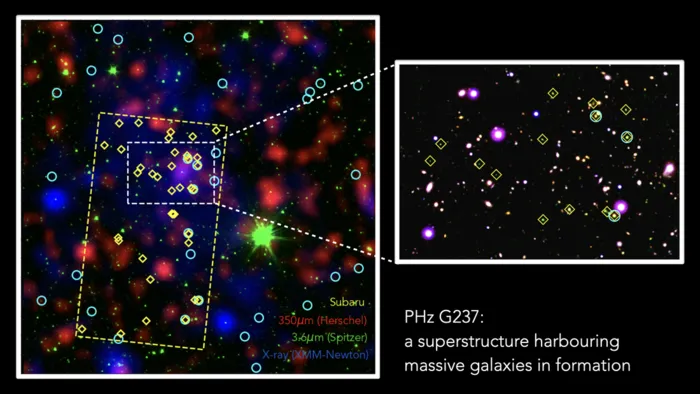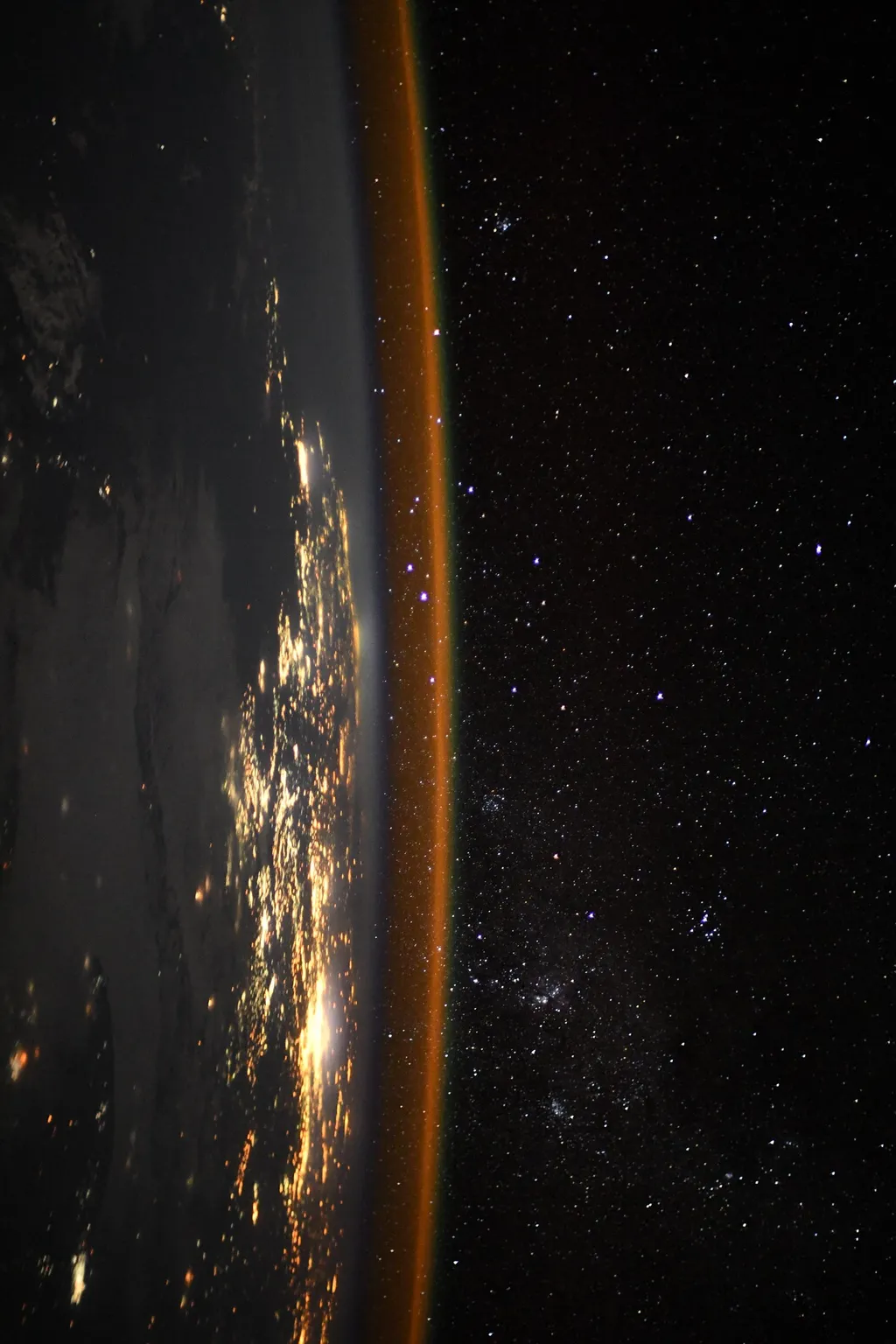Speaking of William Shatner;
"I'm waiting for that feeling of contentment
That ease at night when you put your head down
And the rhythms slow to sleep
My head sways and eyes start awake
I'm there not halfway between sleep and death
But looking into eyes wide open trying to remember
What I might have done, should have done
At my age I need serenity I need peace
It hasn't happened yet
It hasn't happened yet
It hasn't happened yet"
Skot SatUrToday
"I'm waiting for that feeling of contentment
That ease at night when you put your head down
And the rhythms slow to sleep
My head sways and eyes start awake
I'm there not halfway between sleep and death
But looking into eyes wide open trying to remember
What I might have done, should have done
At my age I need serenity I need peace
It hasn't happened yet
It hasn't happened yet
It hasn't happened yet"
Skot SatUrToday

 ... then delivered by Amazon??
... then delivered by Amazon?? 





Comment